
Indian Runner Ducks Stand Upright Like Penguins, Can Outrun Most Humans
The Indian Runner duck has the most distinctive body type among all the world’s duck breeds. With legs positioned further back on the body than

The Indian Runner duck has the most distinctive body type among all the world’s duck breeds. With legs positioned further back on the body than

The problem with having fish as pets is that you can’t really take them with you on the go like you can land mammals like
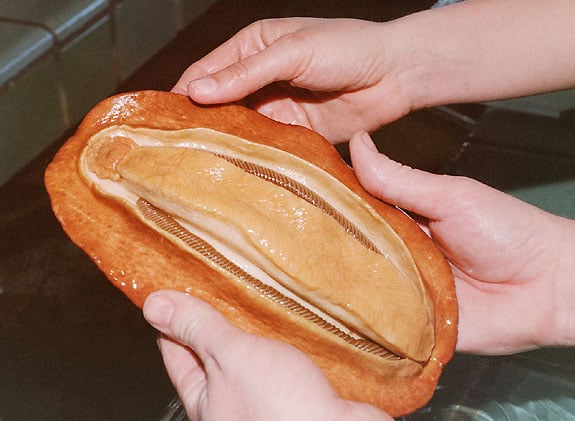
The gumboot chiton, a marine mollusk also known as the Wondering Meatloaf, has teeth made of the hardest biological material known to man. Magnetite is
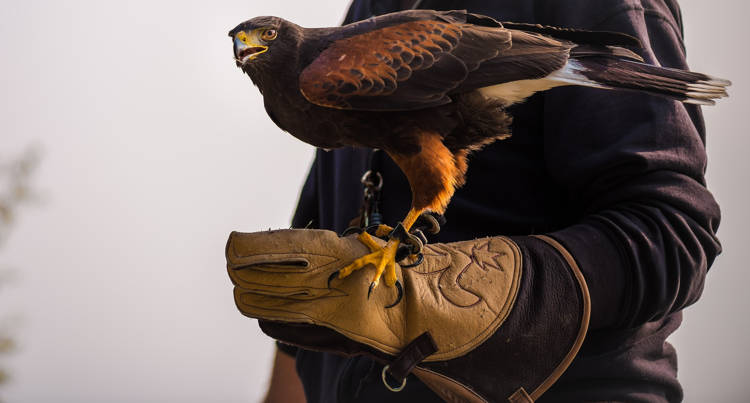
Souq Waqif is a state-of-the-art hospital in Doha Qatar, where 150 patients are treated every day. Only patients here all have feathers, as Souq Waqif
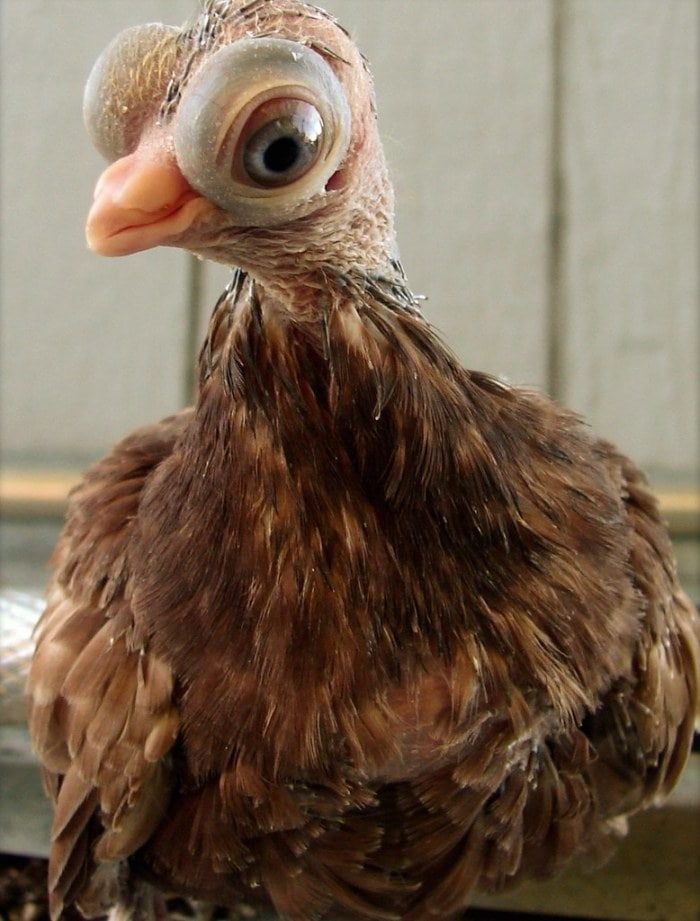
The Budapest Short Faced Tumbler is a rare pigeon breed famous for its odd, almost alien-like appearance, with bulging eyes, a minuscule beak, and a
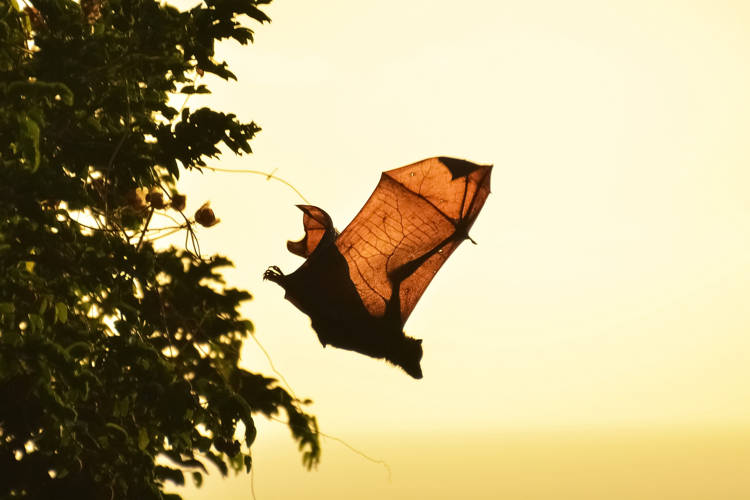
The Joanina Library of the University of Coimbra Alta and Sofia is one of two Portuguese libraries to house colonies of bats as natural deterrents
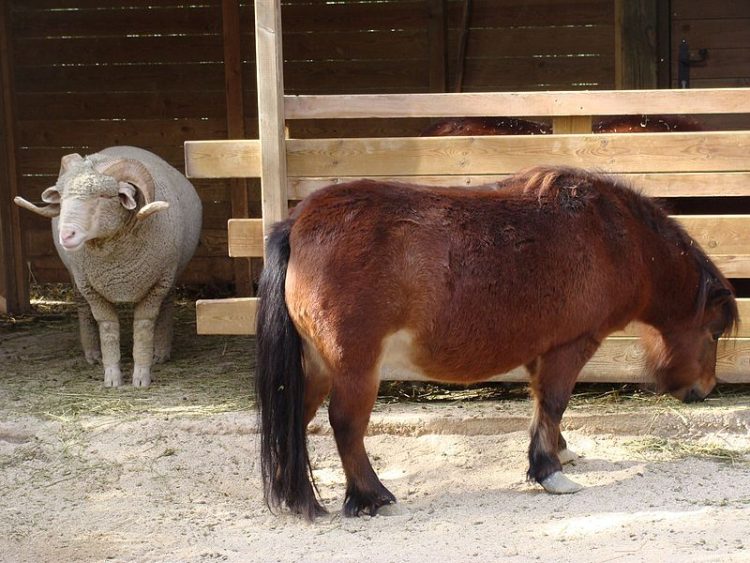
Named after the Argentinian family who developed the breed in the middle of the 19th Century, Falabella is widely regarded as the world’s smallest horse
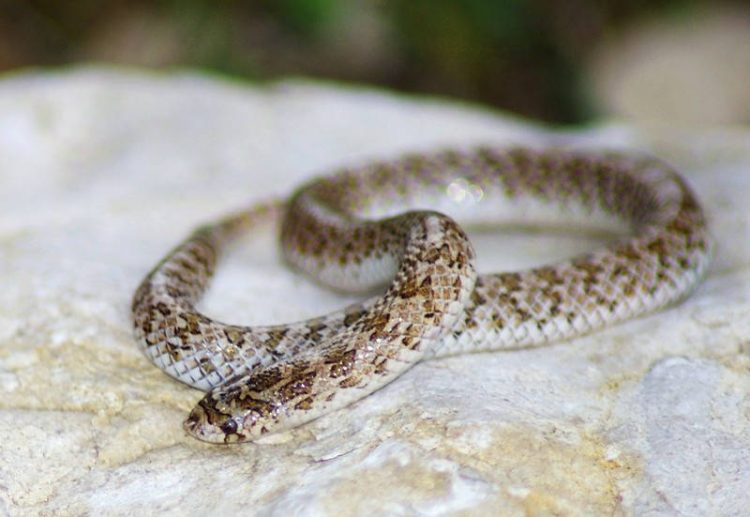
The western hook-nosed snake, a small snake endemic to the deserts of the United States and Mexico, is famous for the shape of its snout
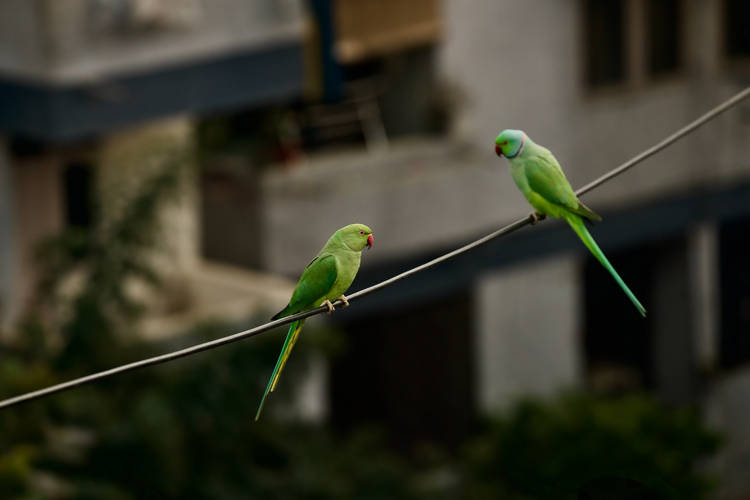
Ring-necked parakeets are native to the foothills of the Himalayas and temperate regions of North Africa, but for the past century and a half, they’ve

Vaguito, a dog who spends his days on a beach in Punta Negra, Peru, waiting for his fisherman owner to return from his last fishing

Luo Yingjiu, an 81-year-old man in China’s Hubei Province, has spent the last three decades of his life taking care of sick and disabled animals

Yakei, a 9-year-old female Japanese macaque at the Takasakiyama natural zoological garden, shocked staff by fighting her way through several strong males to become the
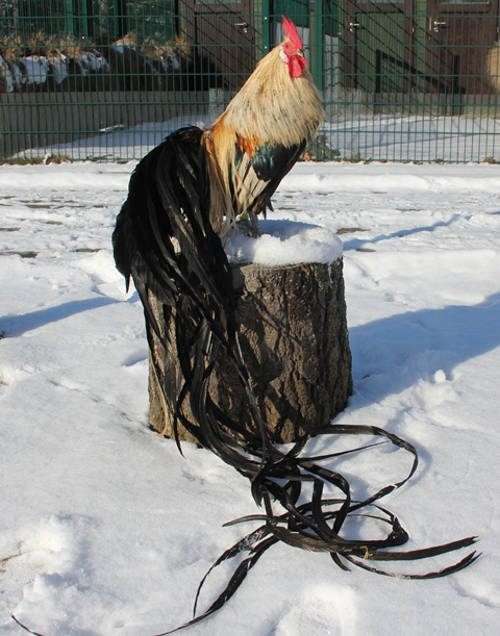
The Onagadori (‘honorable fowl’ in Japanese) is a rare chicken breed known for its exceptionally long tail, which can reach over 10 meters, putting even
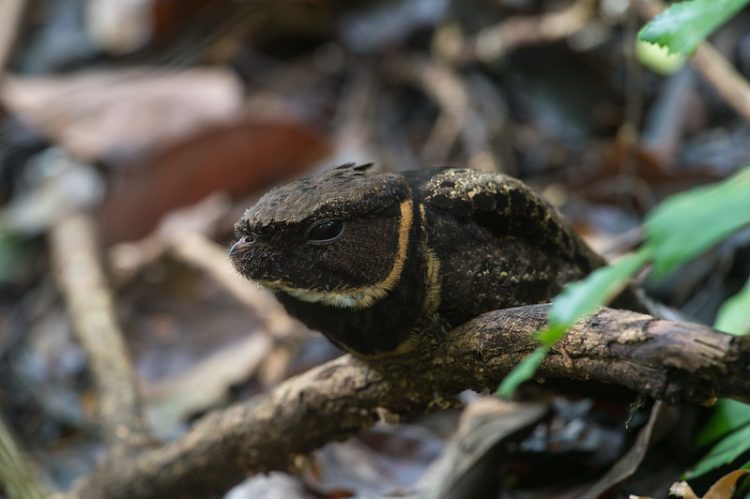
What do you get if you mix a bird, a squirrel and a lizard? Well, I think you’ll have a tough time finding a better

A feline lover in California spent several decades and over $100,000 turning his home into the ultimate house for cats. House of Nekko is a